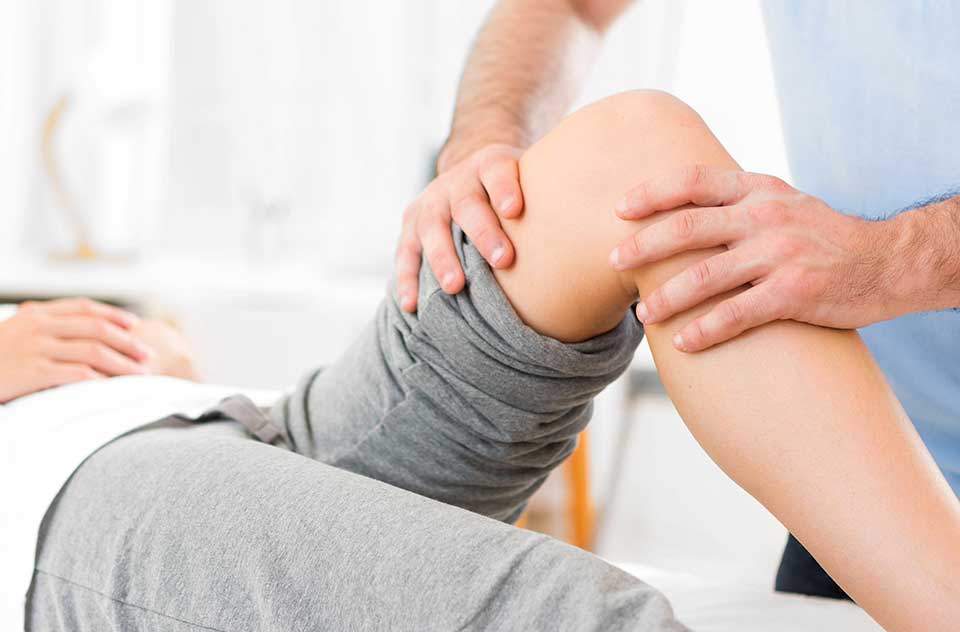5 Quick And Simple Tips On Treating A physiotherapy treatment
We all know that the calf muscles are vitally important for overall health and fitness. Calf injuries can range from a simple sprain to serious deep tissue damage, so it’s important that we take care of them. In this article, you'll find 5 quick and simple tips on how to patiently treat a calf injury. is callled chiropractic manipulative therapy.
5 Simple and Quick Tips to Treat a Calf Injury
If you have ever suffered a calf injury, you know how debilitating and frustrating it can be. The good news is that there are some simple and quick tips that you can follow to help treat your calf injury and get back to your normal routine.
1. Rest: One of the most important things that you can do when you have a calf injury is to rest. This means taking a few days off from physical activity to allow your body to heal.
2. Ice: Applying ice to the injured area for 20 minutes several times a day can help to reduce swelling and pain.
3. Compression: Wearing a compression bandage can also help to reduce swelling and support the injured area.
4. Elevation: Keeping the injured area elevated above heart level will also help to reduce swelling.
5. Pain medication: If the pain is severe, you may need to take over-the-counter pain medication such as ibuprofen or acetaminophen.
If you follow these simple tips, you should start to feel better within a few days. However, if the pain persists or gets worse, it is important to see a doctor or physiotherapist for further treatment.
Where To Place Your Fingers
If you have a calf injury, there are a few quick and simple tips that can help you treat it. First, it's important to know where to place your fingers when massaging the calf muscle. You should put your fingers on either side of the muscle, just below the knee. Start by gently massaging the muscle with your fingers. If the pain is too much, you can place a cold pack on the area for 15-20 minutes.
Another tip is to stretch the calf muscle regularly. This will help to prevent further injuries and reduce pain. To stretch the calf muscle, stand with your feet together and your hands on a wall. Lean forward slightly and press your heel into the ground. Hold this position for 30 seconds and then repeat on the other leg.
Finally, make sure you're wearing supportive shoes when you're exercising or participating in activities that put stress on the calf muscle. Wearing shoes with good arch support will help to take some of the pressure off of the muscle. If you have any concerns about your calf injury, be sure to talk to a doctor or physical therapist.
How To Apply A Heating Pad and Ice Pack
If you have a calf injury, it is important to treat it properly. Here are some quick and simple tips on how to apply a heating pad and ice pack.
First, apply a heating pad to the injured area for 20 minutes. This will help to increase blood flow and reduce pain.
Next, apply an ice pack to the injured area for 20 minutes. This will help to reduce swelling and numb the area.
Finally, wrap the injured area in a compression bandage. This will help to support the area and prevent further injury.
Rest The Calf For 24 Hours After Treatment
A calf injury can be a real pain, both literally and figuratively. If you've recently injured your calf, there are some things you can do to help speed up the healing process.
First and foremost, it's important that you rest the calf for at least 24 hours after the initial injury. This will give the muscle time to heal and prevent further damage.
Ice the calf for 20 minutes at a time, several times a day. This will help reduce swelling and inflammation.
Elevate the leg whenever possible to help reduce swelling.
Wear a compression bandage or sleeve to help support the calf muscle.
Avoid putting weight on the injured leg as much as possible. If you must walk, use crutches or a cane for support.
These simple tips can help you heal from a calf injury more quickly and with less pain.
Conclusion
If you're dealing with a calf injury, never fear! There are plenty of things you can do to treat the pain and get back on your feet. We hope our tips have been helpful and that you're feeling better soon. Remember to always consult with a doctor or medical professional before trying any new treatment, and good luck!


.png)

Comments
Post a Comment